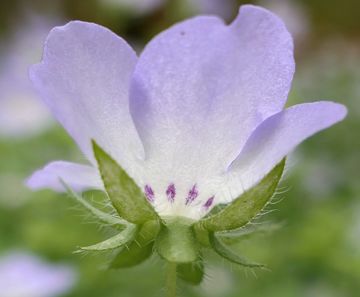
Nemophila menziesii (baby blue-eyes)
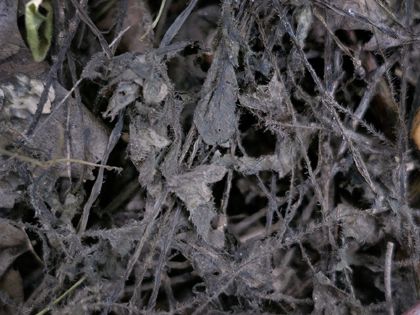
Nemophila menziesii (baby blue-eyes)
| The top photo shows the condition of the flowers at the beginning of the month. By Apr. 30, this photo shows all that is left of the plants. True to their subfamily common name, waterleaf, they seem to evaporate and leave behind brittle remains that quickly disintegrate. |
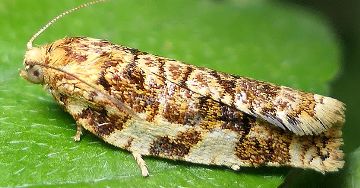
Archips argyrospila (fruit tree leafroller moth)

Archips georgiana (leafroller moth)

Archips sermiferana (oak leafroller moth)

Archips grisea (gray archips moth)
| Caterpillars of the four moth species shown above are among the little green larvae that hang from silk threads under the fresh young leaves of trees in the spring. The strategy of dropping from their perch when threatened helps protect them from birds, one of their major predators. |
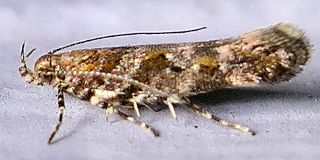
Aristotelia sp. (moth)
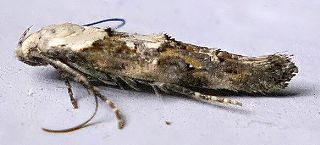
Mompha murtfeldtella (moth)
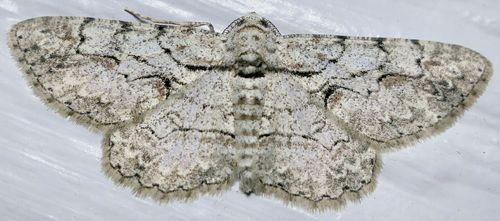
Iridopsis defectaria (brown-shaded gray)

Nematocampa resistaria (horned spanworm moth)
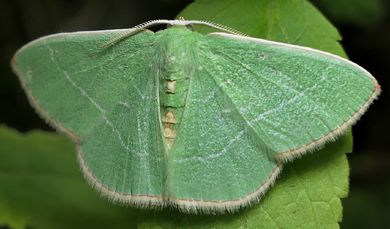
Nemoria bifilata (white-barred emerald)

Caenurgina erechtea (forage looper moth)

Hypena scabra (green cloverworm moth)
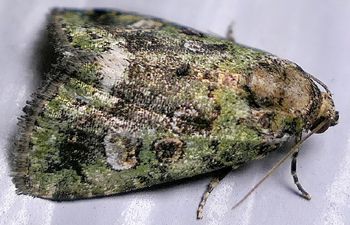
Lithacodia musta (small mossy lithacodia)

Emmelina monodactyla (morning-glory plume moth)

Asteia sp. (fly)
| This 3 mm long fly was on my bathroom mirror. It represents a diptera family about which little is known except that larval hosts include fungi, plants and debris in tree cavities. The wing venation is distinctive but nobody has yet bothered to give this taxon a common name. |
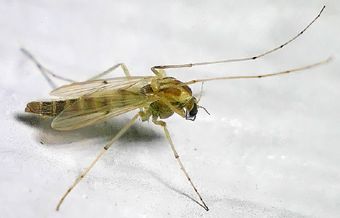
Unknown sp. (midge)

Ochlerotatus trivittatus (mosquito)
| Non-biting midges and mosquitoes, which certainly do bite, might look superficially similar, but an easy way to tell them apart is by their resting postures: the former stick out their front legs while the latter extend their back. |
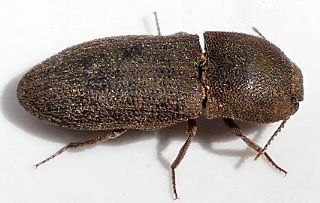
Agrypnus rectangularis (click beetle)
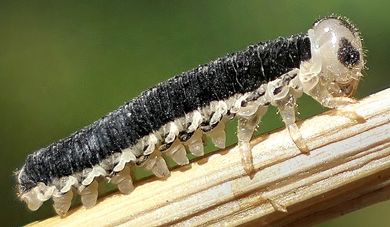
Macrophya sp. (common sawfly larva)
| Although it looks a lot like lepidoptera caterpillars, this larva has more prolegs (extensions of the abdominal segments that function as, but are not really, legs). The true legs of the insect are the first three pairs at right. |

Chrysopa quadripunctata (green lacewing)
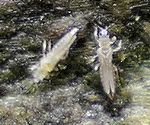
Unknown sp. (thrips)
| The common name of these plant pests is the same for singular or plural; it always ends in an "s." |
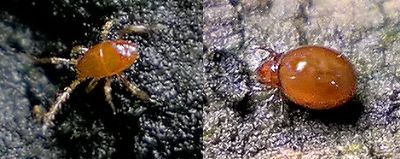
Unknown spp. (mites)
| These mites are in different orders (trombidiformes & oribatida, respectively). The first group includes velvet and predatory mites, and this one was zipping around on its relatively long legs. The other order includes much slower scavengers with short legs, often called beetle mites or moss mites. |

Tetragnatha laboriosa (silver longjawed orbweaver)
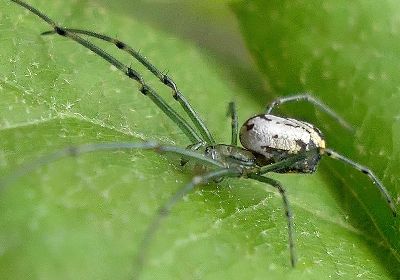
Leucauge venusta (orchard spider)

Oxidus gracilis (greenhouse millipede)
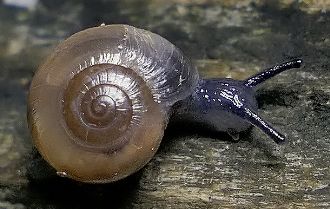
Glyphyalinia sp. (land snail)
| Hundreds of these tiny snails, only about 5 mm at maturity, live all around the slab of our house. Species in this genus are sometimes commonly called "Glyphs." |

![]()